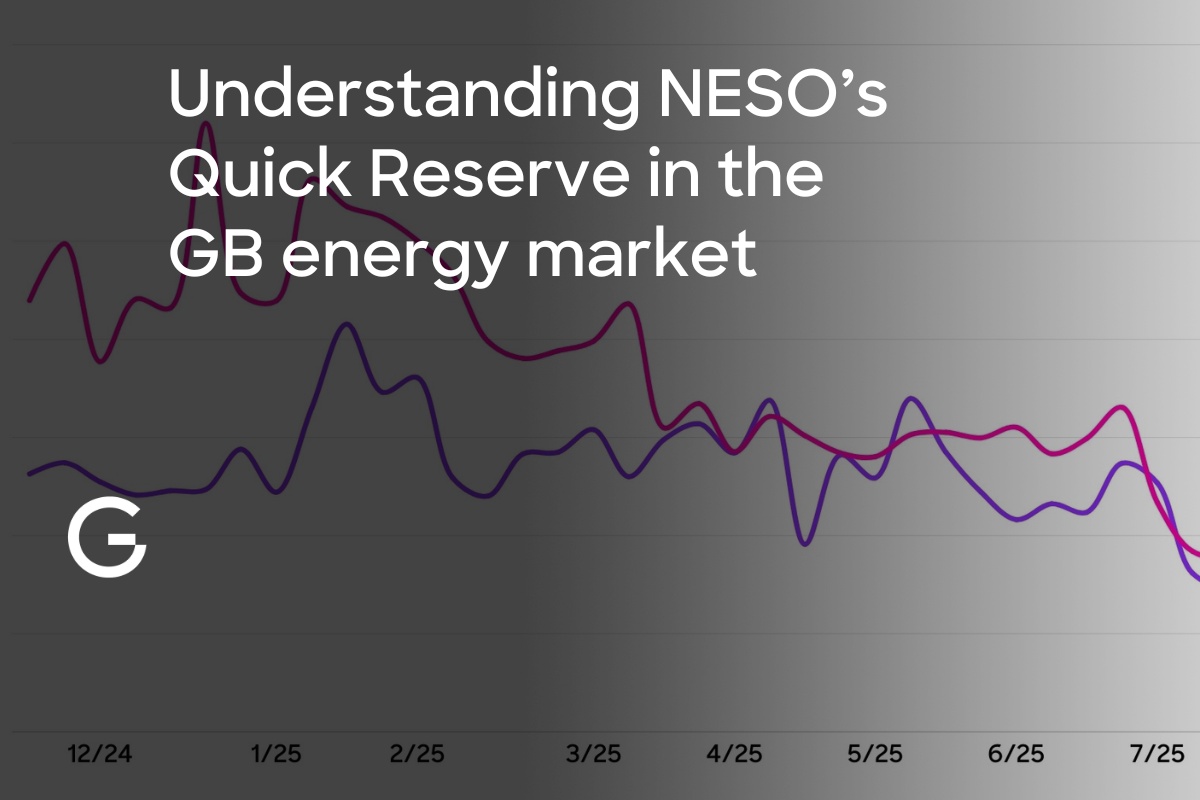2024 Pricing Dynamics across European Markets

2024 Pricing Dynamics across European Markets

Despite sharing a blue lane at the airport, in many cases a common currency, and despite being a heavily interconnected system, when it comes to Europe’s electricity markets there are still as many differences as there are culinary preferences. These differences provide distinct opportunities for folks looking to make investments in the energy transition.
Some of these are obvious: Spain is sunnier than Poland, Norway has more hydro than the Netherlands. Some are driven by long standing policy decisions, France has a lot of nuclear power, Germany has less and less, Norway has a very large number of EVs. Some are driven by historical quirk: Germany has over 800 distribution network operators (!) as the energy system was built up from a series of municipal microgrids back in the day. Some countries are still heavily reliant on fossil fuels either because they have close ties to Russian gas or because they have significant coal deposits.
The graphic below summarises how these differences play out in a handful of current metrics relevant to energy investors in the region.
Wholesale energy prices: Italy has the most expensive electricity in Europe on average due in part to its heavy reliance on gas. But in general, the further east you go the higher average prices are. The Nordics are runaway winners when it comes to low prices, which results in large part to their access to hydropower.
Volatility: Reflected here as the average daily spread, is the difference between the lowest and highest priced settlement periods in a day. Romania, Hungary and Bulgaria have shown spreads north of €150 over the last 12 months, which is good for storage assets that are able to “buy low and sell high”.
Solar PV Capture Prices: Not surprising, given the high average prices, Italy takes pole position followed by Greece. Both countries are also blessed with decent weather meaning that solar yields are high.
Solar PV and BESS Capture Prices: Given solar investments benefit from consistently high middle-of-the-day prices and battery investments benefit from high spreads, it’s the countries that combine those traits that come out on top for a co-located solar and BESS investment. Greece leads the pack, with Italy’s southern pricing zone just behind.
Important note: for the purposes of simplicity these numbers focus on day-ahead wholesale prices. In reality intraday prices, balancing prices, ancillary markets, certificates markets, capacity markets and networks all potentially form part of the cost/value stack for these investments.




.jpg)

.jpg)

